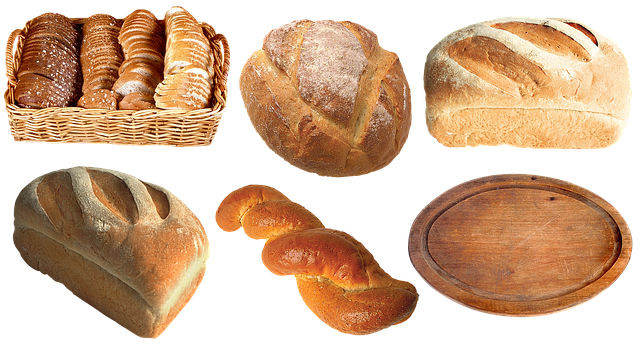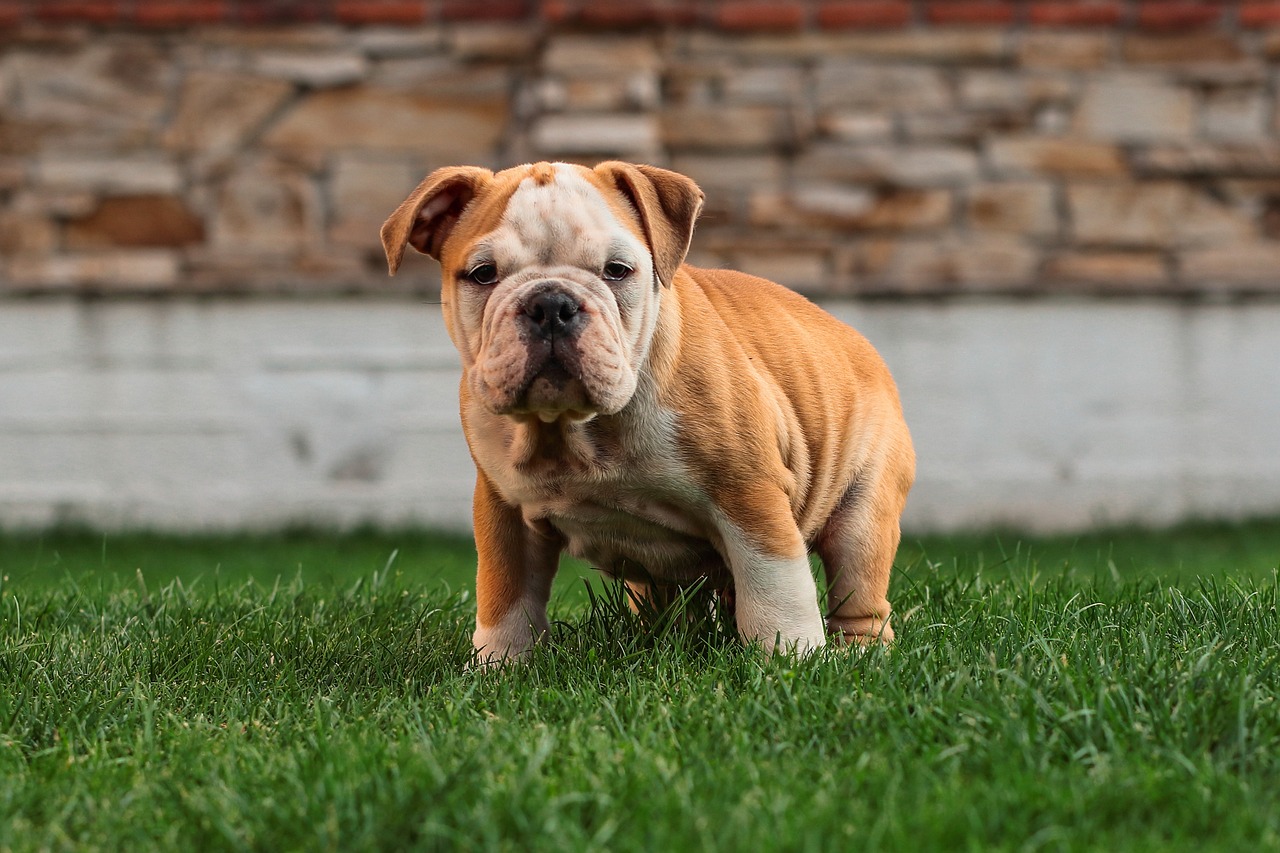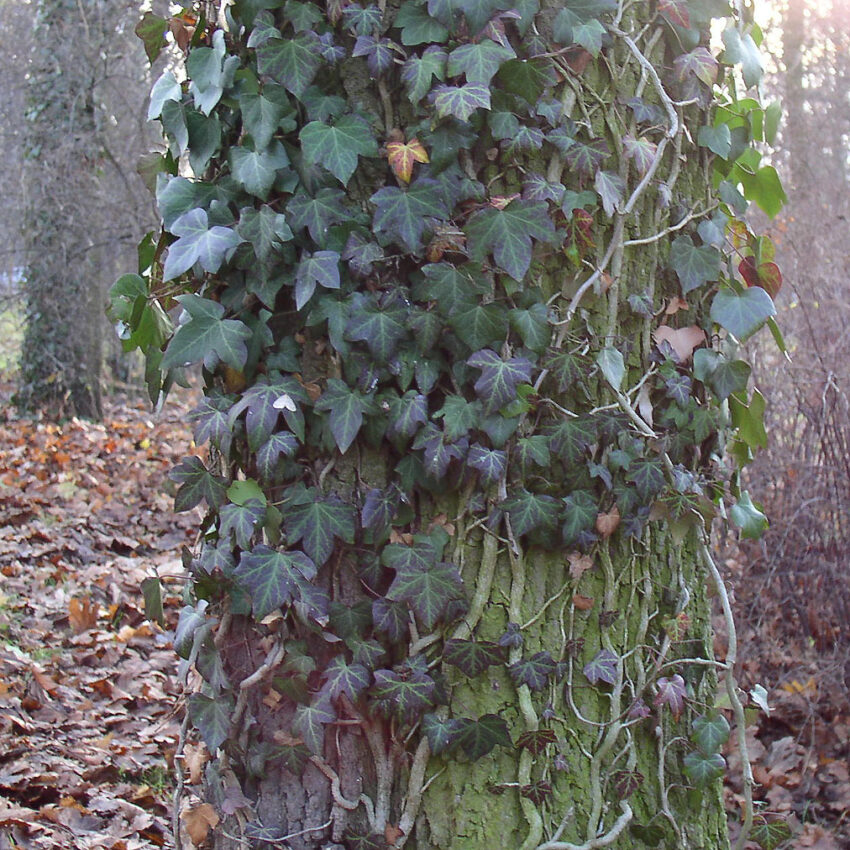What to know:
- 1. What is Hedera helix (English Ivy)?
- 2. Identifying English Ivy: Appearance and Varieties
- 3. The Many Benefits of English Ivy
- 4. How to Grow English Ivy Indoors
- 5. Caring for an Indoor English Ivy Plant
- 6. Tips for Controlling English Ivy Outdoors
- 7. Dealing with English Ivy Pests and Diseases
- 8. Picking the Best Location for an Outdoor English Ivy Plant
- 9. Creative Ways to Display English Ivy Indoors
- Questions & Answers
1. What is Hedera helix (English Ivy)?
English Ivy, or Hedera helix, is an evergreen perennial vine with sprawling growth habits. It’s well-known for its ability to quickly cover walls and tree trunks with its versatile and attractive foliage. Native to Northern Africa and Europe, it’s often used for ornamental or groundcover purposes.
Advantages of English Ivy
- Adapts to various soils
- Superior drought tolerance
- Grows in full sun to a full shade
- Works as an air-purifier
It thrives in a wide variety of climatic conditions. While English Ivy enjoys scattered sunlight, it will also tolerate full shade or partial shade. This ground cover loves moist soils, but will also survive occasional periods of dryness. This vining plant is relatively low maintenance and is also a top air-purifier, capable of removing gaseous pollutants and some airborne allergens to add to its appeal.
English Ivy is also an excellent choice for erosion control on unprepared terrain. Its fibrous root system quickly binds soil and adds strength where it was previously lacking. Its very own self-clinging feature gives the plant a unique way to scale high surfaces at an accelerated speed.
An adult ivy will require trimming and regular care if one wants to keep it the desired shape. In cases of badly neglected management, English Ivy may look untidy and interfere in windows and building’s guttering.
2. Identifying English Ivy: Appearance and Varieties
English Ivy, or Hedera helix, is one of the most popular and versatile plants around. It’s often used for decorative accents around doorways, walls, and decks, and it can also be used to create a natural privacy screen indoors and out.
Appearance: English Ivy is a neat looking, evergreen vine that can grow up to 80 feet long. Leaves are generally heart-shaped with pointed tip, and they range in color from bright green to yellowish-green. Its flowers are small and typically cream-colored, with its berries ranging in hue from white to black.
Varieties:Due to the wide range of conditions that ivy can tolerate, there are many varieties to choose from. Some of the most common varieties of English Ivy include:
- Baltimore Ivy: Grows up to 15 feet and contains dark green foliage. Plants bloom small white-yellow flowers in the springtime.
- Branching Ivy: A larger variety that can grow up to 50 feet high. The foliage is deep-green with branches that have a distinctive shape.
- Needlepoint Ivy: With small, dark-green leaves, this ivy is excellent for indoor use. Tall vines can reach lengths of up to 40 feet.
Finding the right variety of English Ivy for your outdoor or indoor garden space is easy. With this guide, you can make sure you choose the perfect one for your lifestyle and environmental needs.

3. The Many Benefits of English Ivy
Plant Health
is a wonderful plant to have in the home or office due to its hardy nature. It doesn’t require a lot of water and can survive near-drought conditions for weeks at a time. Not to mention the plant is highly disease- and pest-resistant, making it low maintenance for those who want a plant for decoration and air cleansing purposes.
Air Purification
English Ivy is an amazing air purifier. The plant is known to absorb airborne particles, and filter toxins in the air like formaldehyde, benzene, and xylene from the atmosphere. Research has even shown that having the plant near a child’s sleeping space can help reduce the risk of exposure to asthma triggers due to air pollutants.
Ornamental Value
English Ivy offers a beautiful, cascading appearance and many options for styling indoors. The plant is incredibly versatile, allowing you to style it as a hanging, wall, or table plant. Plus, as an added bonus, the green color adds a soothing touch.
Other Benefits
The great thing about English Ivy is that there are many other benefits to having the plant in the house. Here are just a few:
- Reduces the humidity in the home/office environment.
- Prevents dust mites from coming into the home.
- Can reduce noise pollution.
- Provides an aesthetic boost to the home/office.
English Ivy is an amazing addition to any home. With its purifying, decorative, and helpful qualities, it’s easy to see why English Ivy remains to be a beloved indoor plant.
4. How to Grow English Ivy Indoors
English Ivy, or Hedera helix, is a hardy evergreen that is often planted outdoors on fences, walls, and other structures to provide a pleasing visual that often matures and grows for many years.
Fortunately, it can also be grown indoors and can thrive in many indoor settings. Here are four simple steps you can follow to easily grow English Ivy indoors:
- Choose a pot – First, choose a pot that has room for planting a root ball with plenty of growth potential. Make sure to have drainage holes in the base of the pot. A pot with a saucer beneath it is recommended to help provide moisture control.
- Secure potting soil – The next step is to get potting soil. While it is typically available in garden stores, make sure to choose a type of soil that is designed for indoor potting and does not contain any added fertilizers or chemicals.
- Add the English ivy – Now it is time to add the English Ivy. Dig a hole in the soil that is twice as big as the root ball, and to the depth of the root ball. Place the root ball in the hole and then fill the remaining hole with more potting soil. Make sure the roots are covered with soil, and then gently pat the soil around the area to make sure it is secure.
- Keep the soil moist – Once planted, English Ivy requires more regular watering than when planted outdoors. Make sure to monitor the soil and keep it moist without over-watering. Generally, one watering a week is necessary.
English Ivy is an attractive, low-maintenance plant that can thrive indoors with a bit of care and attention. By following these four steps, you will have your own growing English Ivy and benefit from many years of enjoyment.
5. Caring for an Indoor English Ivy Plant
English ivy (Hedera helix) is one of the most popular houseplants around. It’s important to give these plants the right kind of care to thrive. Here are some tips to help you properly care for your indoor English ivy plant.
Location: This hardy plant loves bright, indirect sunlight but it can also handle low light conditions. However, keep it out of direct sunlight as its leaves could be singed. Room temperature is just right for this plant.
Watering: As with most houseplants, English ivy requires the soil to be kept moist but not wet. Water it good when the soil is dry to the touch. Water it until the water comes out of the drainage hole at the bottom of the pot.
Fertilizing: You can fertilize your English ivy outdoors during the summer months with a quality liquid fertilizer and monthly indoors during the growing season. You should stop feeding it during the winter.
Trimming: If the plant starts to look a bit wild, you can trim it back whenever you like. Use sharp pruning shears and cut the stems back to encourage more bushy growth.
Common Problems:
- Yellowing leaves – You could be over-watering the plant or not providing enough sunlight. Trim off the yellow leaves, reduce the amount of water and move the plant to a brighter spot.
- Browning leaves – This could be due to over-fertilizing, too much direct sunlight or over-watering.
English ivy is a great-looking plant that, if given the right care, will live for many years. Make sure you give your ivy a bright spot but keep it out of the direct sun and water it when the soil is dry. Give it a light feed once a month when it’s actively growing and trim it back when it needs a neatening up. With a bit of love, your indoor English ivy could be with you for many years to come!
6. Tips for Controlling English Ivy Outdoors
Maintaining Good Practices
Controlling English ivy outdoors is no easy task. Here are six tips to help you keep it manageable:
- Mulch – Mulching will help to reduce the spread of English ivy by blocking light and suppressing the growth of new shoots.
- Manual Removal – Pulling out any vines before they become established is one of the most effective ways of controlling English ivy. Try using a garden saw to cut vines near the ground.
- Eliminate Food Sources – Take any steps to reduce the amount of food and water available to the ivy. This includes removing any mulch and leaves that may accumulate near ivy-filled areas.
- Herbicides – Organic herbicides can help to control English ivy in small- to medium-scale infestations, but are less effective in high-density areas. Apply late in the season to maximize effectiveness.
- Fence Installation – Installing metal fences, plastic barriers, or other physical barriers can help to restrict English ivy to certain areas in the outdoor environment.
- Continual Treatment – English ivy can be an incredibly persistent plant, so it’s important to provide continuous monitoring and treatment of any infestations.
Treating English Ivy
Once English ivy is established, it can be very hard to control and treat. For smaller patches, manual removal is an effective way to reduce the invasion. For larger invasions, spraying herbicides in the late summer before the ivy is fully established can be effective.
In some cases, installing fence barriers or using garden and fabric row covers can help to confine English ivy to certain areas. If you have a more serious infestation, consider hiring a professional to remove and treat the ivy.
7. Dealing with English Ivy Pests and Diseases
is an attractive evergreen climbing vine that is popular for its glossy green foliage and ability to cover walls and fences. Unfortunately, English Ivy can also be affected by pests and diseases.
Pests
English Ivy is susceptible to a range of pests. The most common are aphids, mites, mealybugs, scales, and slugs and snails. These pests can cause leaf discoloration, leaf drop, or other signs of damage.
Treating Pests
The best way to treat pests on English Ivy is to:
- Remove any affected leaves or stems
- Spray the plant with an insecticidal soap or horticultural oil
- Spray once a week until the pests are gone
If you decide to use a pesticide, make sure it does not contain any systemic chemicals which may harm the plant.
Diseases
English Ivy is also prone to a range of fungal and bacterial diseases. These include leaf spots, root rot, and powdery mildew. It is important to keep the plant’s environment free from over watering and excessive fertilizer, since these can create the perfect conditions for disease to develop.
Treating Diseases
The best way to treat a disease on English Ivy is to:
- Prune off any affected leaves or stems
- Treat the plant with a fungicidal spray
- Avoid overwatering and excessive fertilizer
It is important to treat the entire plant, even if only a few leaves are affected by the disease.
8. Picking the Best Location for an Outdoor English Ivy Plant
is a perfect choice for experienced and beginner gardeners alike. This hardy ornamental vine adapts easily to garden settings. For those new to English Ivy, here are some tips about picking a great location for your new plant:
Bright Light But No Harsh Direct Sun: English Ivy prefers bright light but doesn’t like direct, harsh sun. Pick a spot where the light is bright and the temperature is moderate.
Fogi or Shade Gardening: Foliage or shade gardening might be the best fit for English Ivy. Look for a spot with a bit of protection from direct sun and high temperatures, where the English Ivy will be able to receive natural rainfall or humid supply.
Gives You Freedom to Move Around: Depending on the area, English Ivy can grow up to several feet, so be sure to pick a location that offers room for future growth. You don’t want to cut or sacrifice too much of your garden design by limiting the plant.
English Ivy is drought tolerant, so there’s no need to worry about over-watering, as long as the soil has the right drainage. With the proper location, care, and maintenance, your English Ivy plant will fill your garden with charm and beauty.
| Preferred Light | Bright light, but no direct sun |
| Temperature | Moderate |
| Growth Zone | Temperate zone hardy to zone 4 |
| Watering | Water when the soil has become dry to the touch |
9. Creative Ways to Display English Ivy Indoors
English ivy (Hedera helix) is a robust, hardy climbing plant that is popular for indoor décor. In addition to being a beautiful houseplant, English ivy also offers air-purifying benefits due to its natural filtration of dust, allergens, and other pollutants from the air. Check out a few !
1. Hang it in a container
For an urban jungle-inspired display, hang a basket from the ceiling and fill it with English ivy and other hanging plants. Pick up a macramé hanger from your local garden shop to give your display a modern update. To make sure your plants thrive, ensure that the container has enough drainage and that you water it according to the English ivy’s needs.
2. Create a living wall
Turn your wall into a vertical forest with a few terracotta pots. Plant different types of ivy in each pot and space them out to form a stunning array of greenery. Make sure that the space you’ve chosen has sufficient sunlight to keep the ivy healthy.
3. Place it on a stacked ladder
Give simple plants a dramatic display with a tiered ladder. Plant the ivy up each ladder step and watch as it cascades down the railings of the ladder. Plant succulents and other low-maintenance plants in the top few steps for a beautiful display.
Questions & Answers
Q: What is English Ivy?
A: English ivy (Hedera helix) is a popular evergreen vine that is native to Europe, western Asia, and North Africa. It is a fast-growing plant with attractive, glossy foliage that is suitable for many gardens and landscapes.
Q: What are the benefits of having English Ivy in the garden?
A: There are numerous benefits to having English ivy in the garden, including providing year-round foliage color, groundcover for shaded areas, and a natural form of pest control. English ivy can also be used as a climber for walls and other structures, and its dramatic foliage makes it a great addition to landscaping.
Q: How should I plant English Ivy?
A: English ivy should be planted in well-draining, moist, but not overly wet soil in an area with partial to full shade. Stake or cage the vines if needed to ensure support and avoid damaging any existing plants or structures.
Q: Can you grow English Ivy indoors?
A: Yes, English ivy is an excellent choice for an indoor plant, as it thrives in cooler temperatures. Place it in bright, indirect light and water thoroughly, but let it dry to a slight wilting in between waterings. Prune as needed to keep it in shape and prevent it from getting too large.
All in all, English ivy is a great plant for both novice and experienced gardeners alike. With its beautiful foliage and structural qualities, this evergreen plant is perfect for adding texture and interest to both indoor and outdoor garden environments. With a little love and care, it will give your plantscape the perfect finishing touch and provide years of joy.
